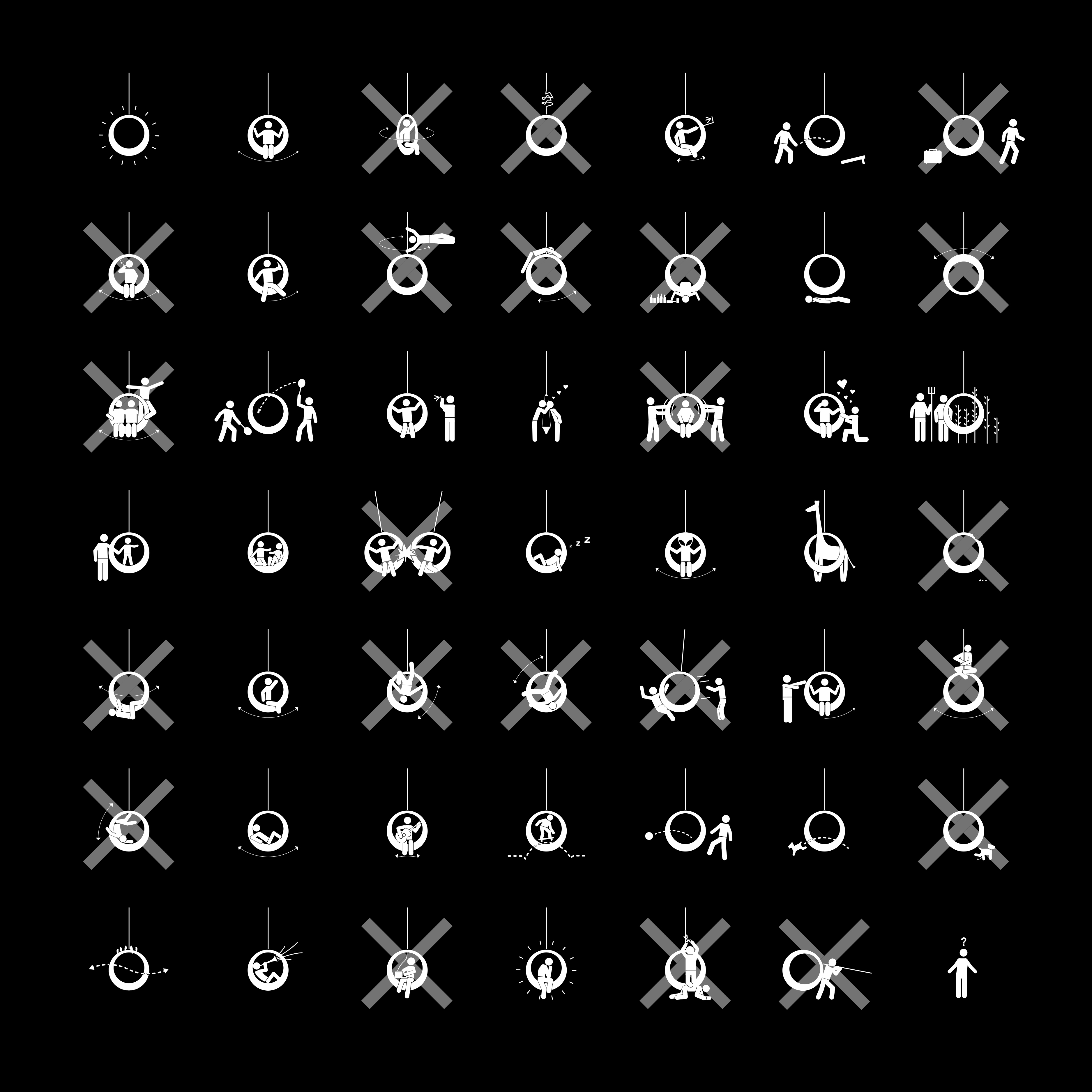Last month, Princeton Architectural Press released “Tom Kundig Houses 2,” a sumptuous new 248-page book featuring 17 of the architect’s projects sandwiched in between essays by Juhani Pallassma and Daniel S. Friedman. Tom’s a busy guy these days, but he took some time recently to answer a few questions about his book, his work and the wide-ranging influences on his designs.
What’s the intent of the book?
I think anytime a group like Princeton Architectural Press is interested in putting out a book on your work it is flattering. But more than that, I have enjoyed hearing from students and readers in general who have seen the work and learned from our projects. It feels good to know that our work holds meaning for them. As a practitioner, the books -and, to some extent, the lectures I give- are as close to the classroom as I get in terms of passing on what I have learned.
Its Inspiration?
The first book was geared somewhat more toward the student and practitioner. This new book is more for the general reader.
The challenges of putting it together?
Books are always a bit of struggle. The process forces you to look back at something you’ve already moved past. You work hard to make each project the best it can be, and then the next challenge comes along and you work hard at that one and so on. Reflecting on one’s work is difficult…and making sense of it is best left to others.
You seem to specialize in small houses in big landscapes. Why?
I don’t know that I necessarily specialize in small houses in big landscapes but I certainly like them. I find inspiration in a lot of things but am particularly influenced by nature and how people to respond to it. I think small structures in big landscapes remind us of our place in the natural order of things…that we are part of a larger system. Small buildings encourage their users to engage with the world at large.
And what about your fascination with “gizmos?” What’s that about? Where did it come from?
When I was a kid, I grew up amongst industry: mining, logging, farming. Naturally, with that there was a lot of machinery, a lot of practically-designed – and in its way, beautiful – machinery. And when I lived in Alaska, I would go way out in the country, hiking and mountain climbing, and I would see these pieces of machinery way the heck back there, powered by wind or by water coming off the side of a mountain. The guys who designed these were geniuses! As I was developing an architectural voice, I realized there was something similar about buildings that I found fascinating: that buildings could be changed by people using them. You can literally move walls or furniture and move it on a scale that reminds you that, in fact, you’re capable – with geometry and physics – of moving these things.
Tell me about your approach to a site? How do you divine a building’s intent and placement there? What are you looking for?
For me, the site is sacred. I like to spend time walking the site and getting to know it. The goal for the architecture is to help reveal and unfold the site, to frame the site and its aspect.
Your buildings are small, but you use beefy, muscular materials – concrete and steel, often sunken into stone or earth. How do those materials relate to the sites?
If you start with the belief in the primacy of the site, material choices become a direct response to that particular place. I think it is important not to compete with the landscape and to acknowledge the place of architecture within the larger space.
What’s been the impact of the modernists on your architecture?
Early in my career, I made a trip to Le Corbusier’s chapel at Ronchamp. It was an emotional and visceral experience for me. Everything worked. There was invention and even humor in the building–one of the scuppers looked to me like a pig’s snout. Every time I see Pierre Chareau’s Maison de Verre in Paris, I come away inspired. There’s true serendipity in the design and the levers and pulleys that control the windows. I feel the same way about Carlo Scarpa and Glenn Murcutt’s buildings. All these buildings are at the intersection of the rational and the poetic…that’s where great architecture happens.
For more on Tom Kundig Houses 2, go to http://www.olsonkundigarchitects.com/Projects/2051/Tom-Kundig-Houses-2
[slideshow id=510]

